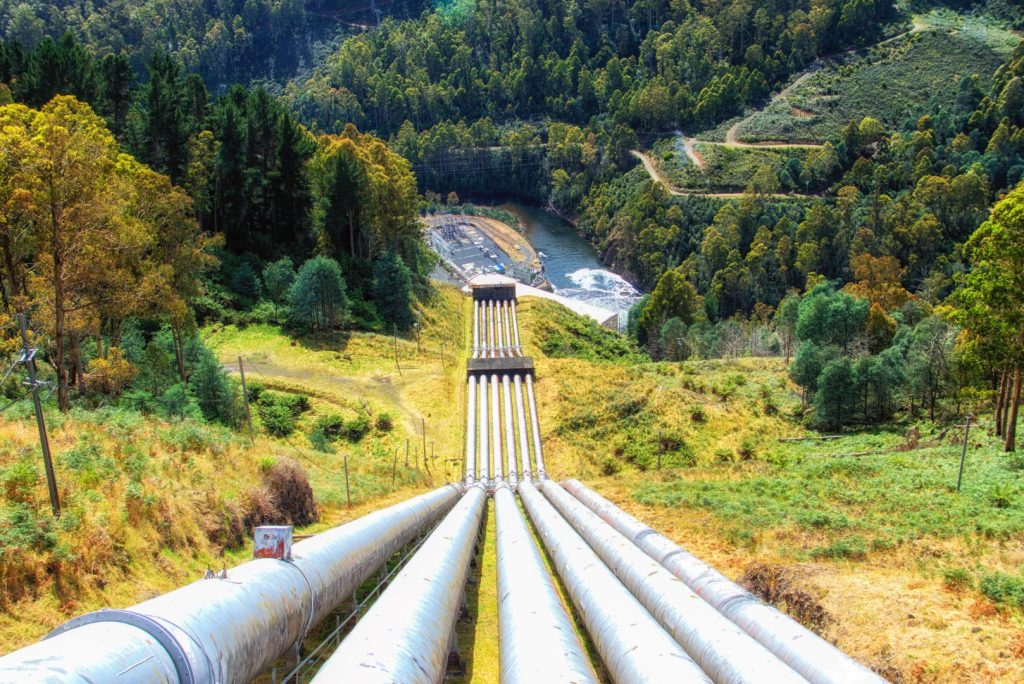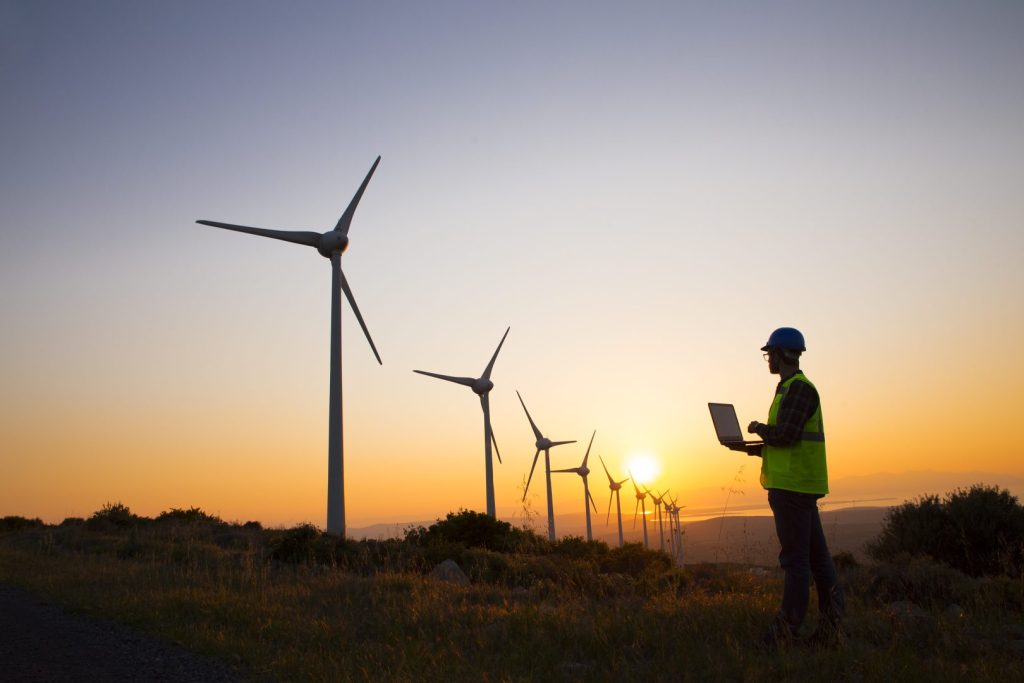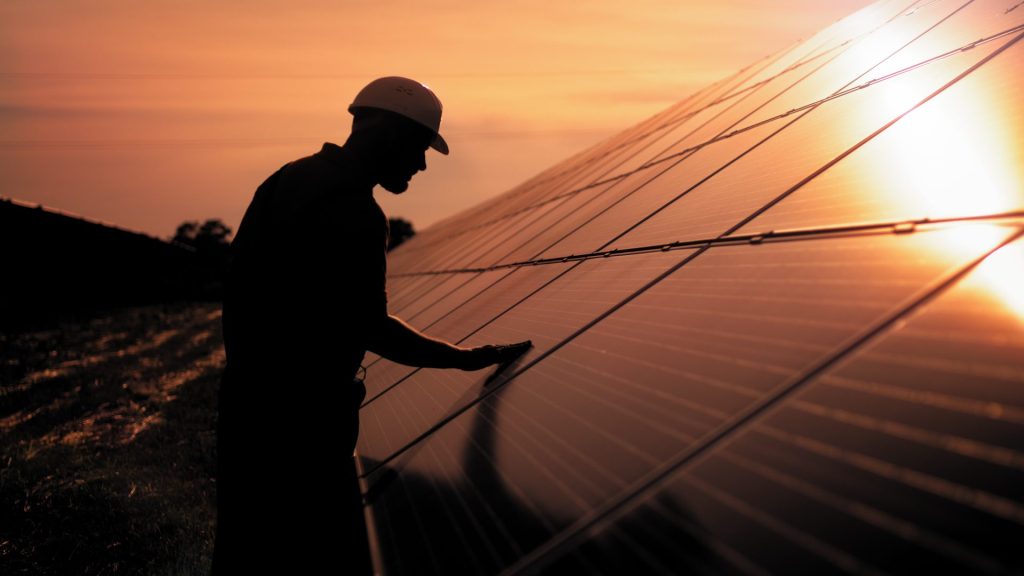Steady and expanding energy supply is key to Kenya’s ambition to establish itself as an industrialised middle-income country, as set out in the Vision 2030 development strategy.
Kenya is fortunate in its energy mix: hydro, geothermal, solar and wind energy, which already plays an important role in power generation, particularly in the case of geothermal.
Currently, Kenya Electricity Generating Company (KenGen) has an installed generation capacity of 1,904 MW of which over 86 percent is drawn from green sources namely: Hydro (826MW), Geothermal (799MW), Thermal (253MW), and Wind (26MW).
In June, during a sustainable energy conference held in Naivasha, the focus was brought on the need for more funding to spur the generation of clean electricity to provide affordable power and protect the environment.
Experts at the conference stated that the country has enough funds to finance the projects, offering hope for Kenya’s efforts to capitalize on its vast geothermal, wind, and solar power sources.
During the conference, the International Finance Corporation (IFC) disclosed plans to seek more partnerships that target the transmission space in green energy.
“IFC is keen to strengthen funding for green energy projects through more partnerships with the private sector and government. We want to see more refinancing of assets to free up funds, especially for the transmission space,” said Tianna de Mello, Senior Operations Officer, Infrastructure Upstream Africa at IFC.
As of December 31, 2021, the total installed capacity of electricity in the country increased by 5.4 percent to 2,989.9 MW, while the total effective capacity rose by 5.6 percent to 2,857.6 MW in the same period. Similarly, total electricity generation rose by 7 percent to 12,414.7 GWh in 2021, with 89.6 percent of electricity generated from renewable sources.
Developments in the energy sector
The Kenya Economic Survey 2022 reported that the number of customers connected under the rural electrification programme grew from 1,502,900 in 2019/20 to 1,912,400 in 2020/21, mainly drawn from domestic and small commercial categories. Revenues realized increased by 3 percent from KShs.10.1 billion in 2019/20 to KShs.10.4 billion in 2020/21.
Former Cabinet Secretary, Ministry of Energy, Dr Monica Juma, said the sector is working to deepen electricity uptake while undertaking strategic investments to improve reliability and affordability.
“In the past 10 years, the energy sector has made great investments in renewable energy. We incorporate energy drawn from geothermal, wind and solar to the hydropower system,” said Dr Juma. She added: “Our investments in this sector have been driven by aspirations for environmental conservation. The focus has been how to achieve energy security through investment in our national capital i.e., renewable energy.”
Hydropower

The total installed large hydropower capacity is 826.23MW. The small hydro potential is estimated at 3,000MW, of which it is estimated that less than 30MW have been exploited and only 15MW supply the grid.
Wind energy

The country has a total installed wind energy capacity of 336.05MW – The Lake Turkana Wind Power (LTWP) with 310MW and Ngong Wind with 25.5MW. LTWP project is regarded as the single largest wind energy production project in the sub-Saharan African region. Located in Loiyangalani, Marsabit County, it comprises 365 wind turbines, each with a capacity of 850KW, and a high voltage substation.
LTWP is connected to the Kenyan national grid through a 438km associated transmission line constructed by the Kenya Transmission Company (KETRACO). The project provides reliable, low-cost energy to Kenya’s national grid – approximately 17 percent of the country’s installed capacity, being bought at a fixed price by the Kenya Power Company, over a 20-year under the Power Purchase Agreement (PPA).
Solar power

The estimated solar potential is almost 15,000MW. Currently, the installed capacity is more than 100MW with the largest installation being Garissa Solar with a 55MW installed capacity. In addition, the government has approved expression of interest of more than 35 projects under the Feed-in-Tarrif with more than six projects under construction.
“We have invested in the largest wind plant in the continent, we did the first large solar plant in the region, and we keep setting for ourselves ambitious targets for energy investments,” said the CS.
Dr Juma added that these investments have been accompanied by policies and institutional reforms to facilitate the growth of the sector and access to power.
Bioenergy
Biogas is widely produced with over 8,000 biogas plants utilizing various raw materials like agricultural wastes, and slaughterhouse wastes among others. However, the situation is amorphous in the sense that there is no consolidated data on biogas production making it a challenge in determining the country’s overall capacity.
The total installed electric capacity potential of all sources ranges from 29 – 131MW, which is about 3.2 to 16.4 percent of total electricity production.
Companies set up their own power plants.
Several local companies have opted to set up their own power plants, and most of it is being generated from renewable sources.
Data from the Kenya Economic Survey 2022 indicates a 61.2 percent growth in the power production capacity by small plants set up by various firms for their own use. “Total licensed captive power capacity rose by 61.2 percent to 215.9 MW in 2021. Out of the 215.9 MW, 172.0 MW were active while the rest were inactive in 2021,” states the Economic Survey Report published by the Kenya National Bureau of Statistics (KNBS).
Companies or individuals who set up power plants with a capacity of more than 1MW are required to seek a license from the Energy and Petroleum Regulatory Authority (EPRA) as electricity producers.

At East African Breweries Limited (EABL), the brewer has invested £31.5 million (KShs.4.5 billion) in biomass power to replace heavy oil fuel at its plants in Kenya and Uganda and are being powered by sustainable raw materials such as bamboo, macadamia husks, coffee husks, bagasse, and rice husks.
Kenya Tea Development Agency Holdings Ltd (KTDA), continues to invest in green power production as it moves to assist tea farmers to access renewable forms of energy.
Since 2008, the agency has commissioned several hydropower plants such as Imenti power plant (Meru), Chania plant (Kiambu), Gura plant (Nyeri), and the North Mathioya plant (Murang’a). The hydropower project has been successful, creating revenue for the agency as it sells excess power to the national grid.
“The supply of power generated for the factories is directly proportional to the volume of crop handled by the factories and this is heavily dependent on the time of the year. This means that in the high season when the rains are constant, the volume of leaves to process is high, but also the volume of water in the rivers is high, therefore, it is impossible to have an undersupply of energy, so when there is an excess, we sell it,” the agency said.
KTDA is also looking to tap into solar power and set up plants in areas where there are no hydropower resources.
Steel and cement company Devki Group recently disclosed to the National Environment Management Authority (NEMA) that it plans to develop a 60MW plant in Samburu – Kinango Sub- County, Kwale County. The power generated will be used for the company’s consumption in its Devki Samburu Plant.
In its Environmental and Social Impact Assessment (ESIA) report, Devki stated that the characteristics of wind in the area are ideal for power generation. “These site wind conditions favour the site for the production of electricity from wind using a low-wind turbine, a turbine which reaches rated capacity at a low wind speed rather than one with a higher speed,” the firm stated.
Bamburi Cement earlier in the year signed a power purchase agreement with MOMNAI Energy Limited to set up two solar plants adjacent to its Mombasa and Machakos factories. The independent power producer will set up the plants with Bamburi buying directly from it.
The firm targets to generate 14.5MW at Bamburi’s Mombasa plant and 5MW at the Machakos factory. This will account for 40 percent of Bamburi’s total power supply. The partial shift to solar is expected to cut the firm’s electricity bill by 10 percent or over KShs.600 million per annum. Construction of the company’s solar power plant will begin at the end of this year after requisite regulatory approvals and the project is expected to be completed within a year.
Electricity tariffs
In June, the National Treasury offered the Kenya Power and Lighting Company a KShs.7.05 billion subsidy to allow the utility cut consumer electricity bills by a further 15 percent. This is after independent power producers (IPPs) resisted the push to cut their tariff and allow Kenya Power to lower consumer bills.
The gazetted 15 percent cut on electricity tariff off large commercial users a KShs.2.5 cut per unit during peak hours and KShs.1.25 during off-peak.
Consumers have been complaining of steep bills, which are partially due to idle capacity charges that compensate power generators for electricity that is generated but never used.

 Utility executive selecting industrial scale solar photovoltaic power generation from a lineup of renewable resources sector icons. Industry and technology concept for solar panel, PV, module, wafer.
Utility executive selecting industrial scale solar photovoltaic power generation from a lineup of renewable resources sector icons. Industry and technology concept for solar panel, PV, module, wafer.









